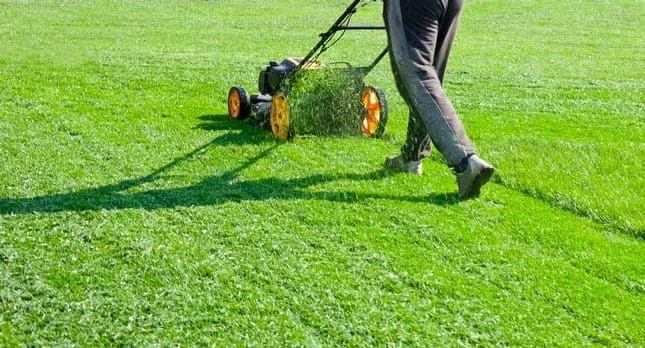How Seasonality Affects Exterior Painting Projects
Firstly, planning exterior painting jobs thoroughly and considering all relevant factors is crucial. Seasonality is one of the most significant factors impacting how and where you end up with your project. Understanding the seasonal effects on exterior painting will provide for better decision-making and higher-quality results.
The Impact of Temperature
One of the most critical aspects in exterior painting is temperature. Most paints cannot be applied over specific temperature ranges. Paint thickens in the cold and cannot spread evenly. On the other hand, excessive heat, even on a humid day, can cause the concrete to dry out too fast, leading to a bumpy surface and cracking.
The best time of year for painters is when temperatures are moderate. This also allows the paint to dry properly and stick well to surfaces. In most cases, spring and early fall have the best consistent temperatures for exterior painting projects. You can rely on house painters in South Auckland for a durable and appealing look.
Humidity and Its Effects
Another critical factor affecting paint jobs is the humidity. Humidity affects the drying, too, which can lead to different finishes. It can also ensure that moisture gets trapped underneath the paint and will blister and peel in the future. However, low humidity does help dry the paint quickly, but this can lead to the paint setting before it has spread evenly.
The best days to spray your trees are those with moderate humidity. This enables the paint to dry at the right speed, giving a smooth and long-lasting finish.
Rain and Moisture Considerations
Continuous rain and high moisture can also impact external painting. When painting on wet surfaces, adhesion does not occur properly, affecting the life and appearance of the paint. Waiting until the weather is reasonably dry is essential to begin a project. You can eliminate these risks by scheduling the paint tasks during the dry seasons.
Moreover, depending on the rain, we must allow the surfaces to dry properly before commencing any painting. This prevents moisture from being trapped under the coat, which can cause ugly peeling and bubbling.
Wind and Its Influence
Wind is additionally acknowledged as a component that can change painting results. Winds can pull dust and debris into wet paint, leading to a poor finish. They may also cause uneven drying, leaving streaks and other defects.
This procedure helps ensure a clean and smooth paint job. Temporary barriers, such as windbreaks, can protect you from gusts and create more pleasant results.
Seasonal Advantages and Challenges
Exterior painting faces opportunities and challenges with each season. Mild temperatures and moderate humidity make spring another popular choice. You might want to start painting, but spring showers often disrupt those plans. A flexible schedule is beneficial, but spring showers can be really fickle, so we know we need to schedule flexibly.
Summer offers reliable dry weather, but the extreme heat can dry out your car faster and damage the paint. Autumn often provides midsummer temperatures with lower humidity, despite the short days. With its cold temperatures and moisture, winter can be the hardest on surfaces and usually makes for the worst months to paint.
Choosing the Right Paint
The season plays a role here, too, in terms of painting. Paints are made for different conditions. For example, some paints are designed for performance in colder climates, whereas others are formulated for hot and humid states. Choosing a paint specific to the season will help it adhere better and last longer.
Talk to professionals or paint suppliers to learn what products work best for which seasons. Careful paint selection can significantly impact the project’s outcome and longevity.
Planning and Preparation
Exterior painting requires some planning and preparation. To avoid the hassles of sudden changes, closely monitor the weather forecasts. A flexible schedule enables adjustment according to the weather conditions.
Surface preparation is equally important. Proper cleaning, sanding, and priming must be done for the paint to stick and stay. Taking time to prepare appropriately will save you future troubles and extend the life of the paint job.
Conclusion
Exterior painting is part of the time of year. Knowing how temperature, humidity, rain, and wind behave can help you choose the best time to paint. Each season has specific benefits and challenges, and making the right decisions can improve the results. Proper planning and using the right materials during exterior painting will ensure a long-lasting and excellent appearance.



